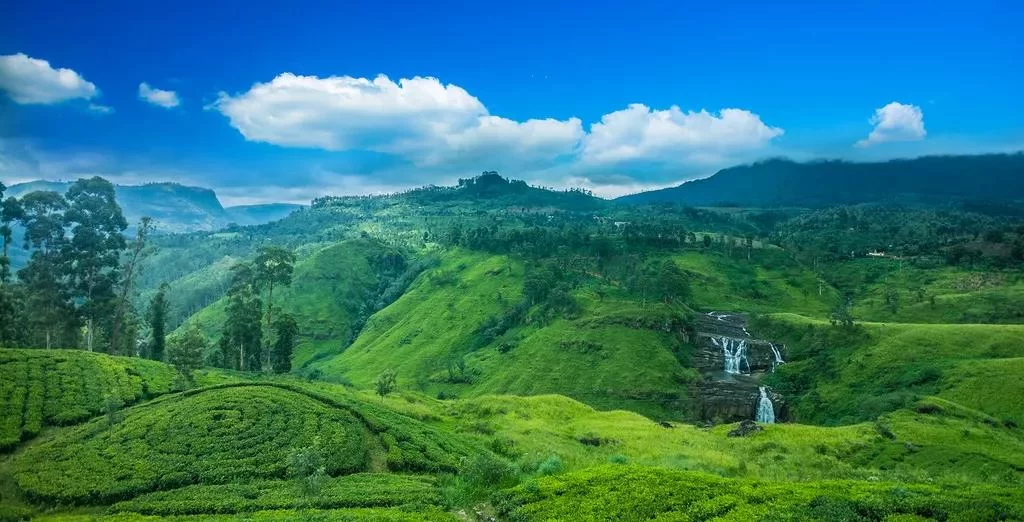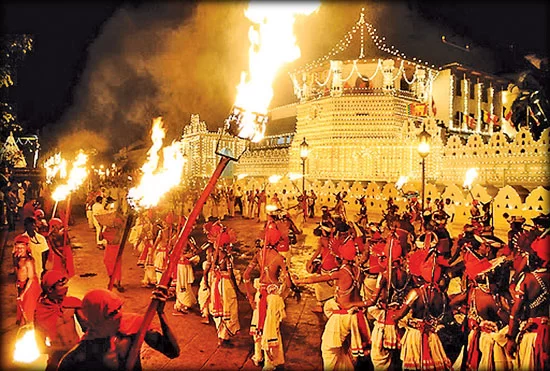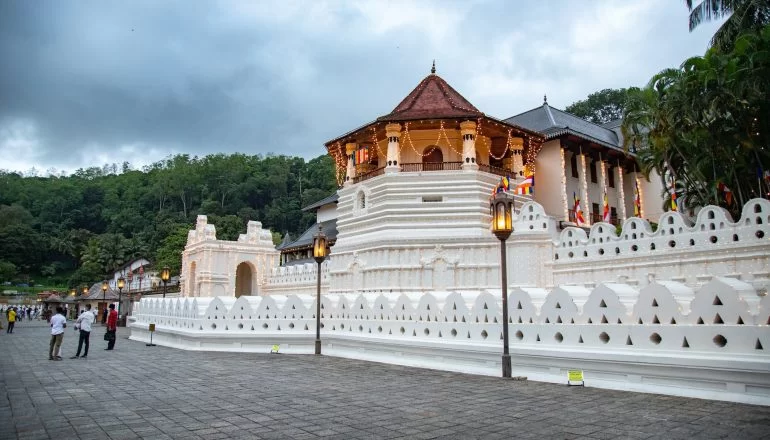Comprehensive Tamil-Language Travel Guides for Exploring Sri Lanka
- 1. Exploring the Tamil-Speaking Regions of Sri Lanka
- 2. Essential Travel Tips for Tamil-Speaking Travelers
- 3. Must-Visit Tamil Cultural Sites in Sri Lanka
- 4. Experiencing Tamil Traditions and Festivals
- 5. Local Dining Experiences in Tamil-Speaking Areas
- 6. How to Plan Your Tamil-Language Trip to Sri Lanka
1. Exploring the Tamil-Speaking Regions of Sri Lanka
For travelers eager to explore Sri Lanka beyond the well-known tourist hotspots, visiting the Tamil-speaking regions offers a fascinating journey into the heart of the island’s culture. Tamil is one of the official languages of Sri Lanka, predominantly spoken in the northern and eastern provinces, including Jaffna, Trincomalee, and Batticaloa. These areas offer a wealth of historical sites, lush landscapes, and vibrant Tamil culture.
Using a Tamil-language travel guide can make your exploration more enriching, as it provides insights into the customs, language, and local experiences that might be missed by non-Tamil speakers. Whether you’re traveling for the first time or revisiting, a guide in Tamil allows for deeper connections with the people and places you’ll encounter.
2. Essential Travel Tips for Tamil-Speaking Travelers
Traveling in Sri Lanka as a Tamil speaker can enhance your experience, as it bridges the language gap and allows you to interact more easily with locals. Here are some practical travel tips for Tamil-speaking visitors:
- Language Advantage: While Sinhala is the primary language in most parts of Sri Lanka, Tamil is widely spoken in the northern and eastern regions. Having a Tamil-language guidebook or a local Tamil-speaking tour guide can help navigate these areas smoothly.
- Cultural Sensitivity: Respect for local customs is essential. Tamil-speaking areas often have unique cultural practices, especially when visiting temples or attending festivals. It’s always best to be mindful of dress codes and etiquette.
- Transportation: While buses and trains are available, traveling by private vehicle or tuk-tuk can offer more flexibility, especially when venturing into less accessible Tamil-speaking areas.
3. Must-Visit Tamil Cultural Sites in Sri Lanka
For anyone interested in Tamil heritage, Sri Lanka’s Tamil-speaking regions boast several culturally significant landmarks that reflect the rich Tamil history. Some of the must-see destinations include:
- Nallur Kandaswamy Kovil (Jaffna): A grand Hindu temple dedicated to Lord Murugan, this temple is not only a place of worship but a historical landmark in Jaffna.
- Koneswaram Temple (Trincomalee): Perched on a cliff with breathtaking views of the ocean, this temple is an important cultural site for the Tamil community, offering both spiritual solace and stunning surroundings.
- Batticaloa Fort (Batticaloa): Built by the Portuguese and later modified by the Dutch, this fort offers a glimpse into the colonial past while being surrounded by the natural beauty of the eastern coastline.
4. Experiencing Tamil Traditions and Festivals
One of the highlights of visiting Sri Lanka’s Tamil-speaking regions is experiencing the vibrant Tamil festivals. The Tamil New Year (Avurudu), celebrated in April, is a major cultural event in these areas. The festival is marked by elaborate feasts, traditional games, music, and dance. Visitors can join in the celebrations and gain insight into Tamil customs and family life.
Another significant festival is the Maha Shivarathri, which honors Lord Shiva. The celebrations are especially vivid at the Koneswaram Temple in Trincomalee. These festivals not only offer an opportunity to witness Tamil spirituality but also engage with the local community and its customs.
5. Local Dining Experiences in Tamil-Speaking Areas
No trip to the Tamil-speaking regions of Sri Lanka would be complete without indulging in the local cuisine. Tamil food is known for its use of spices and fresh ingredients. Some of the must-try dishes include:
- Dosai: A crispy, thin pancake made from fermented rice and lentils, often served with sambar (lentil stew) and coconut chutney.
- Jaffna Crab Curry: A rich, spicy curry made with fresh crab and a variety of local spices, it’s a staple of Tamil cuisine.
- Fish Curry: Made from the catch of the day, this dish combines tender fish with aromatic spices for a truly unforgettable flavor.
6. How to Plan Your Tamil-Language Trip to Sri Lanka
Planning your trip to Sri Lanka in Tamil is easier than ever with dedicated Tamil-language travel guides that help you navigate the local culture, attractions, and language. A good travel guide will provide recommendations on the best places to visit, accommodations, and how to immerse yourself in Tamil culture.
To ensure a seamless trip, consider booking local Tamil-speaking guides who can provide more personalized experiences and insights. Whether you’re interested in exploring ancient temples, sampling local food, or attending festivals, having a Tamil-language guide can elevate your trip to new heights.
Want to dive deeper into Sri Lanka's Tamil culture? Explore detailed guides, book your Tamil-language tours, and start planning your journey today at Tamil Travel Lanka.







